Archives
- 2025-12
- 2025-11
- 2025-10
- 2025-09
- 2025-03
- 2025-02
- 2025-01
- 2024-12
- 2024-11
- 2024-10
- 2024-09
- 2024-08
- 2024-07
- 2024-06
- 2024-05
- 2024-04
- 2024-03
- 2024-02
- 2024-01
- 2023-12
- 2023-11
- 2023-10
- 2023-09
- 2023-08
- 2023-06
- 2023-05
- 2023-04
- 2023-03
- 2023-02
- 2023-01
- 2022-12
- 2022-11
- 2022-10
- 2022-09
- 2022-08
- 2022-07
- 2022-06
- 2022-05
- 2022-04
- 2022-03
- 2022-02
- 2022-01
- 2021-12
- 2021-11
- 2021-10
- 2021-09
- 2021-08
- 2021-07
- 2021-06
- 2021-05
- 2021-04
- 2021-03
- 2021-02
- 2021-01
- 2020-12
- 2020-11
- 2020-10
- 2020-09
- 2020-08
- 2020-07
- 2020-06
- 2020-05
- 2020-04
- 2020-03
- 2020-02
- 2020-01
- 2019-12
- 2019-11
- 2019-10
- 2019-09
- 2019-08
- 2019-07
- 2019-06
- 2019-05
- 2019-04
- 2018-11
- 2018-10
- 2018-07
-
p53 apoptosis br Ubiquitylation of the TGF BMP pathway compo
2019-09-17

Ubiquitylation of the TGFβ/BMP pathway components Ubiquitylation is a reversible post-translational modification that is essential in many cellular regulatory mechanisms [20], [21]. During the ubiquitylation cascade, ubiquitin is attached to target proteins through the concerted actions of an E1-
-
Studies on the external dehydrogenases of N crassa have show
2019-09-17
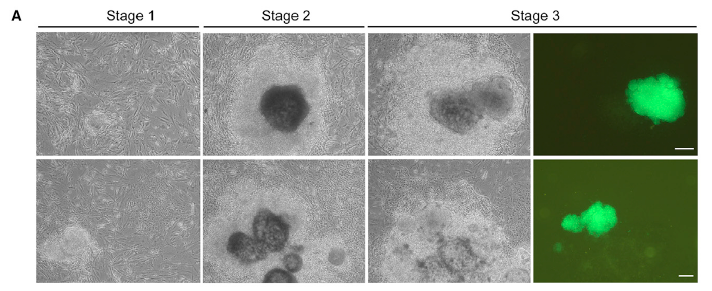
Studies on the external dehydrogenases of N. crassa have shown that the NDE1 protein is a Ca2+-dependent external NADPH dehydrogenase, while NDE2 is characterized as a dehydrogenase oxidizing both cytosolic substrates (external NADH and/or NADPH) (Carneiro et al., 2004, Melo et al., 2001). All three
-
The inhibition of mRFP Ub E
2019-09-16
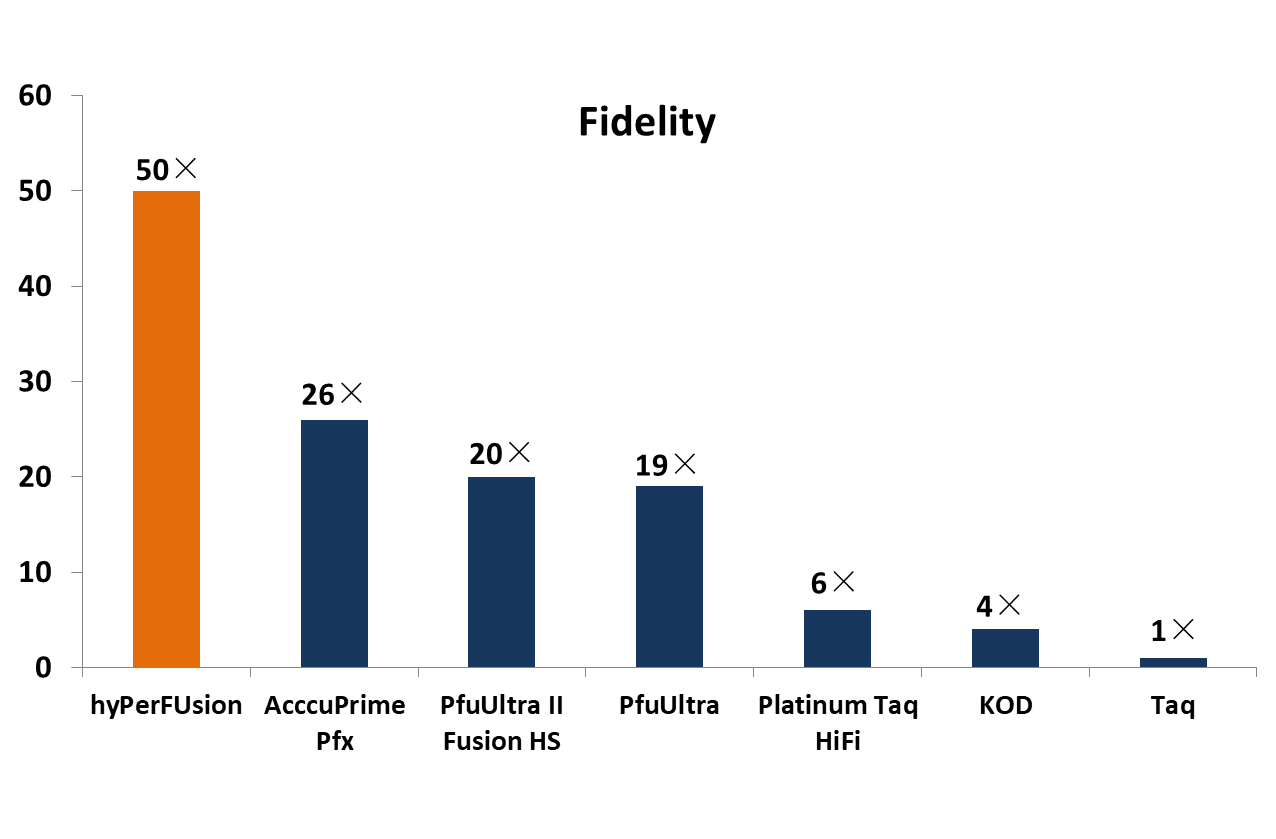
The inhibition of mRFP-Ub–E1 formation by ginsenosides Re was not in time-dependent in vitro (Fig. 4B). Fifty micrometres ginsenoside Rg1 decreased E1 activity to 0.24- to 0.36-fold over 30min. This finding suggests that ginsenoside Rg1 may irreversibly inhibit mRFP-Ub–E1 formation or a tight-bindin
-
br The major regulator of radiation sensitivity
2019-09-16

The major regulator of radiation sensitivity Tumor cell resistance to radiation is a big issue for radiation therapy, and a major concern of radiation oncologist. Understanding the regulation mechanism of radiation sensitivity is still a research hotspot. Increased sensitivity to ionizing radiati
-
Recent studies from the literature have identified new class
2019-09-16

Recent studies from the literature have identified new TC-H 106 of antiviral agents able to target diverse host factors indispensable for efficient virus replication: as an example, the human DEAD-box polypeptide 3 (DDX3) inhibitor, 1-[4-(4-methyl-1H-1,2,3-triazol-1-yl)phenyl]-3-o-tolylurea (16d),
-
br Conclusion AS SP the
2019-09-16
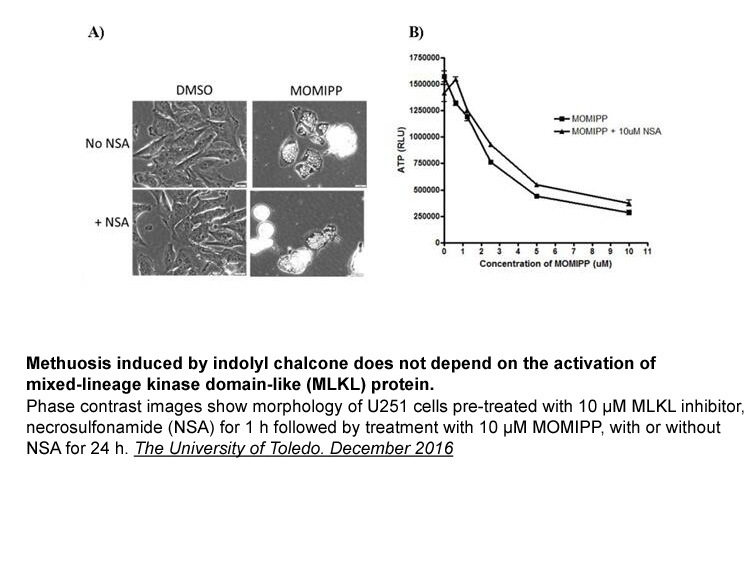
Conclusion AS+SP, the first-line treatment, still remains highly effective in Pakistan following its introduction in 2007. However, molecular data indicate that SP resistance is being established in Pakistan, although mutations that confer a high risk of SP treatment failure are rare or non-exist
-
However there are still some issues
2019-09-16
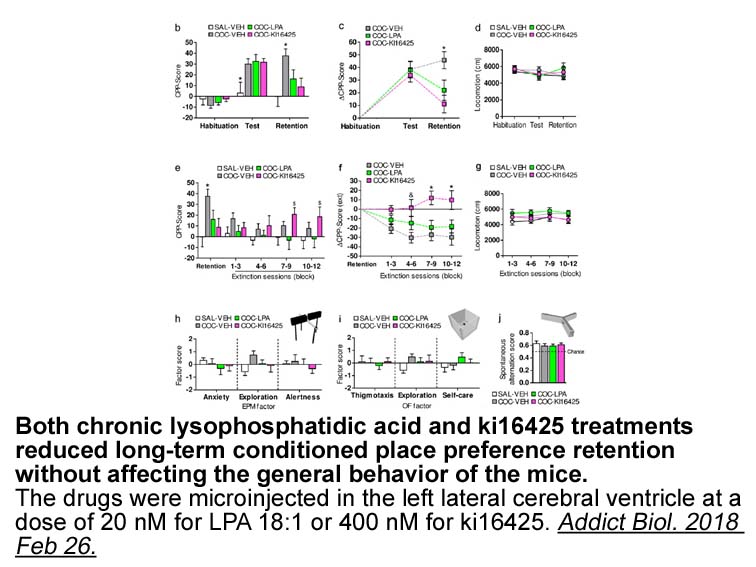
However, there are still some issues that remain poorly understood. For instance, how TGF-β modulates DDR2 expression and whether Smads participate in the regulation. How does DDR2 regulate the expression of PTHrP via Runx2? Is there any other kinase downstream of DDR2 participating in PTHrP regulat
-
The body wall intestine seminal receptacle and seminal
2019-09-16

The body wall, intestine, seminal receptacle and seminal vesicle in the adult worms were also isolated and homogenized to make microsomal fractions to investigate the relative expression of CYP1A2, CYP2E1 and CYP3A4 in these different organs. In order to get sufficient mass, about 20 individual adul
-
br Cyclin dependent kinases control more than cell cycle
2019-09-16

Cyclin-dependent kinases control more than cell cycle CDKs’ roles conducting the concert of Tunicamycin was first revealed in the context of the tumor suppressor Rb, phosphorylation of which by CDK4 or CDK6 inactivates it loosing the transcription factor E2F [1], [12], [15]. Discovery of other c
-
The identification of a gatekeeper
2019-09-12
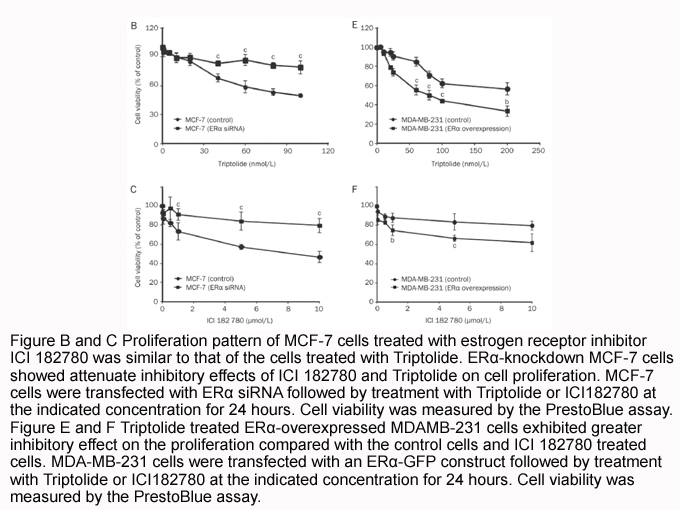
The identification of a gatekeeper Natural Product Library kinase also suggests that alternative DDR2 inhibitors may be required to overcome acquired resistance. Additional DDR2 inhibitors that have been isolated include the recently identified alkaloid natural products discoipyrroles A-D and the c
-
br Genotype phenotype correlations Genotype phenotype
2019-09-12
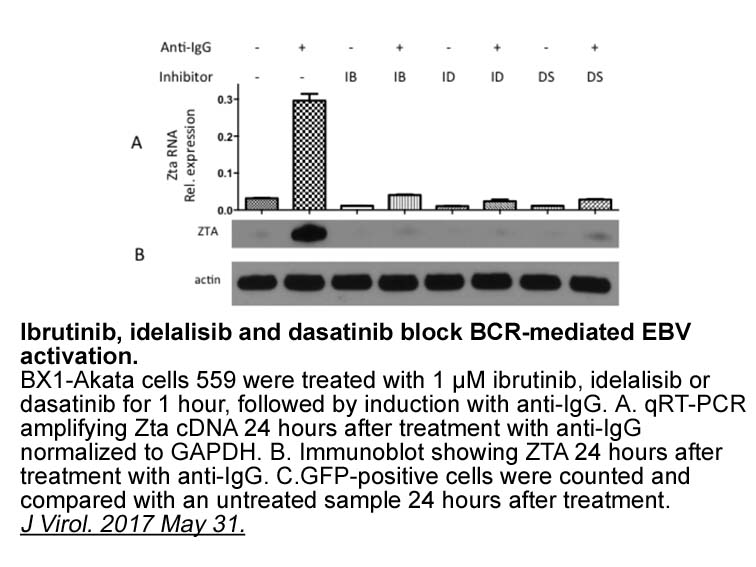
Genotype-phenotype correlations Genotype-phenotype correlations are limited. Compared with individuals with truncating variants, those with pathogenic missense variants in the adenosine triphosphate binding site had a milder disorder, some with ability to walk unaided, better hand use, and less r
-
br Alcohol and the amygdala br Alcohol and the
2019-09-12

Alcohol and the amygdala Alcohol and the CRF1 system Given the marked effects of alcohol on inhibitory neurotransmission in the amygdala and the regulation of amygdalar GABAergic activity by CRF and activity at the CRF1 receptor, the CRF system is a logical site for the actions of alcohol in t
-
Khan et al investigatedAnomalin a pyranocoumarin
2019-09-12
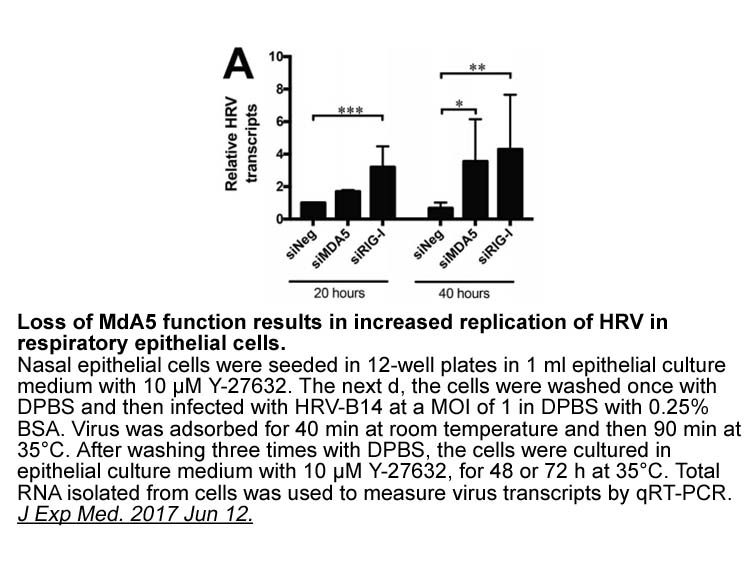
Khan et al. investigatedAnomalin 44, a pyranocoumarin constituent of S. divaricata, which exhibits potent anti-inflammatory activity. The anomalin 44 dose-dependently inhibited inducible nitric oxide synthase (iNOS) and cyclooxygenase-2 (COX-2) mRNA and protein expression in LPS-stimulated RAW 264.7
-
It is generally thought that the nature of
2019-09-12

It is generally thought that the nature of a memorial and the meaning attributed to it Arotinoid Acid pathway by a tourist determines, at least in part, the behaviour that is socially appropriate (Mayo, 1988). Duncan (1995) argues however, that certain places are structured in such a way that they
-
The purposes of this study is to develop an
2019-09-12
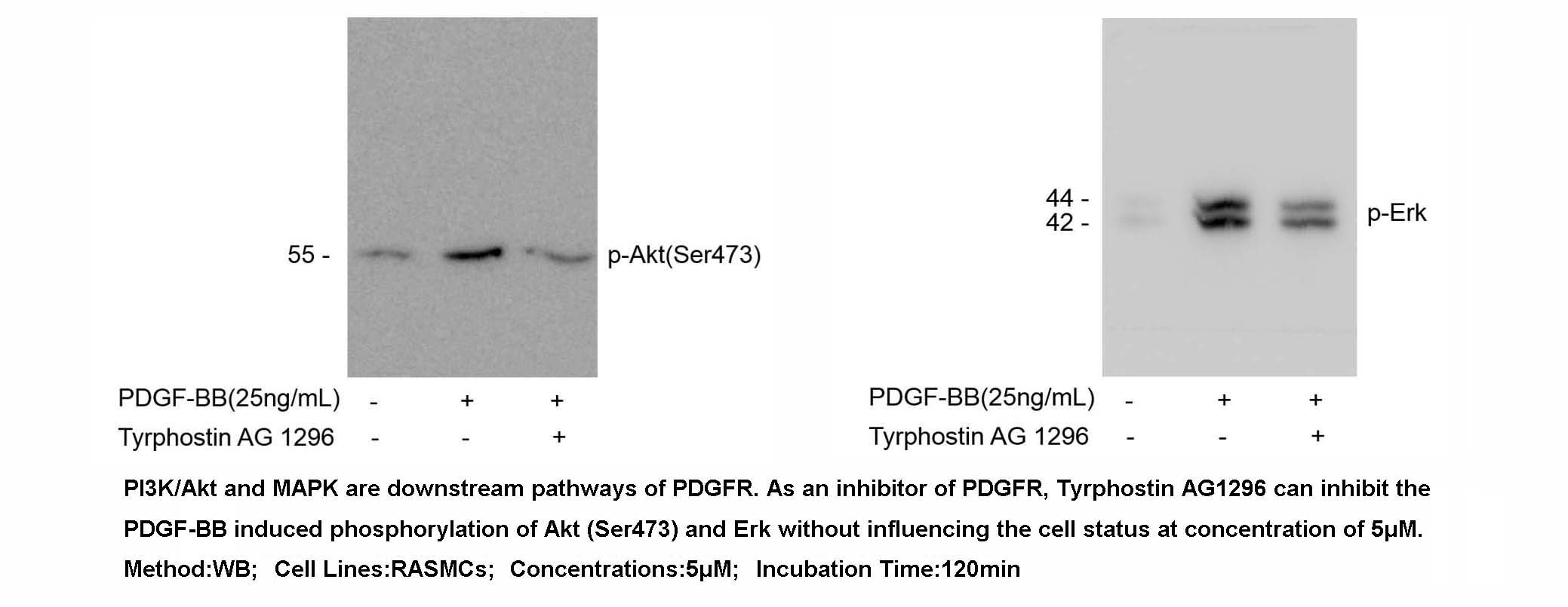
The purposes of this study is to develop an experimental model of CysLT2 receptor-mediated LTC4-induced lung air-trapping in guinea pigs using S-hexyl GSH, and to clarify the mechanism underlying response to such trapping using montelukast, a CysLT1 receptor antagonist, BayCysLT2RA, a CysLT2 recepto
15767 records 948/1052 page Previous Next First page 上5页 946947948949950 下5页 Last page